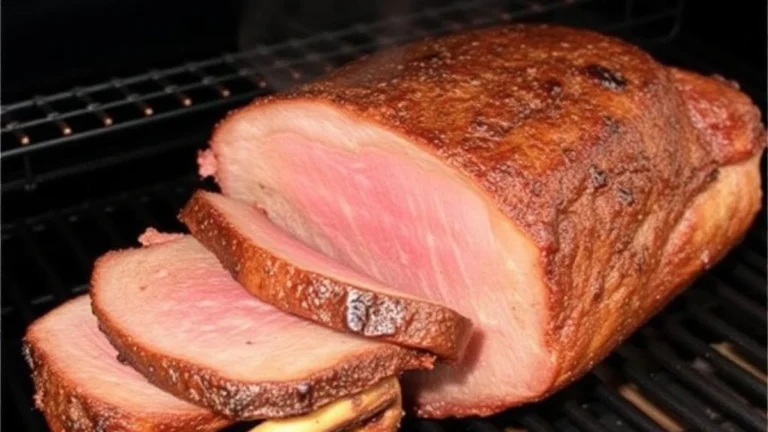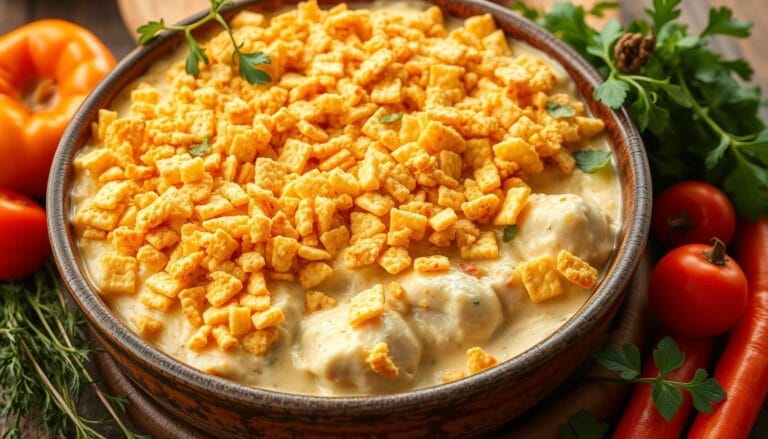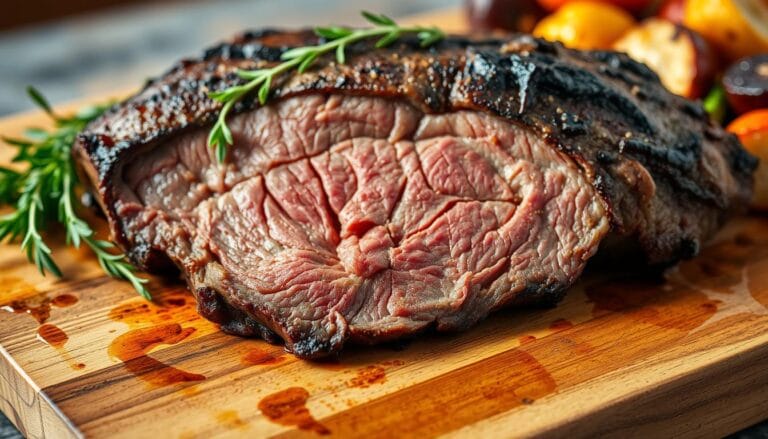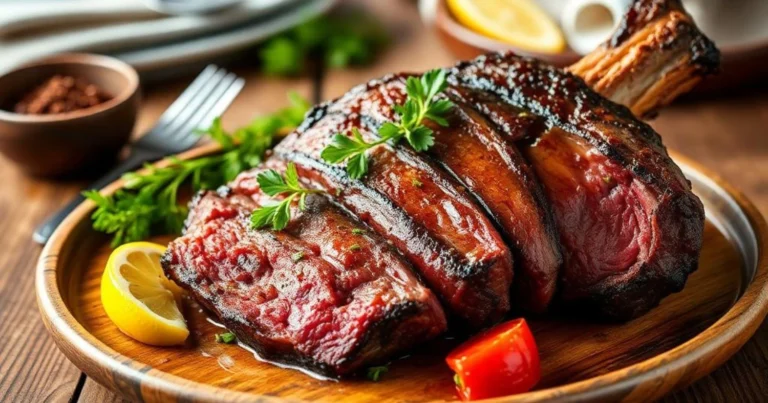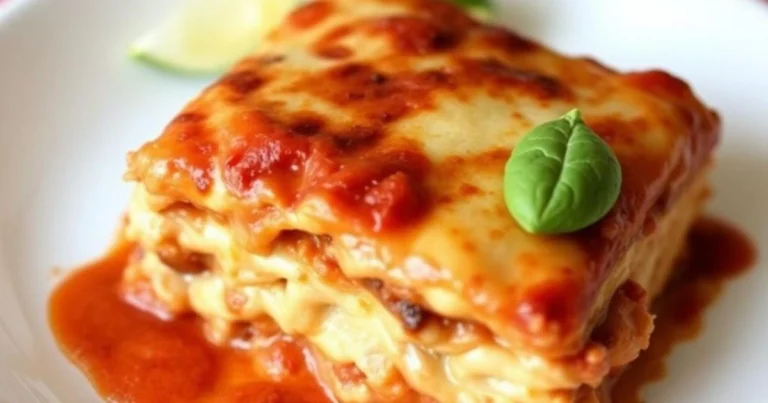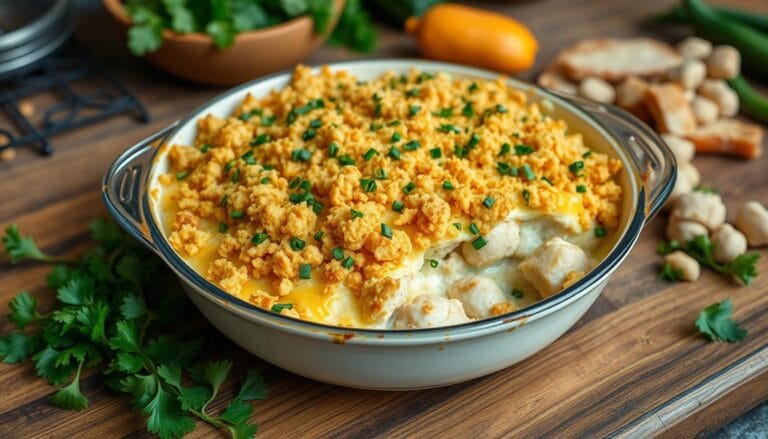How to Select and Store Fresh Crab Meat for Optimal Flavor
Thinking about cooking with crab meat? Good news: it’s healthy and tasty. It’s packed with protein, low in fat, and full of omega-3s and zinc. This makes it a top pick for a nutritious meal. Whether you’re an expert or just starting, cooking with crab can seem daunting. But with the right tips, you’ll make dishes that wow everyone.
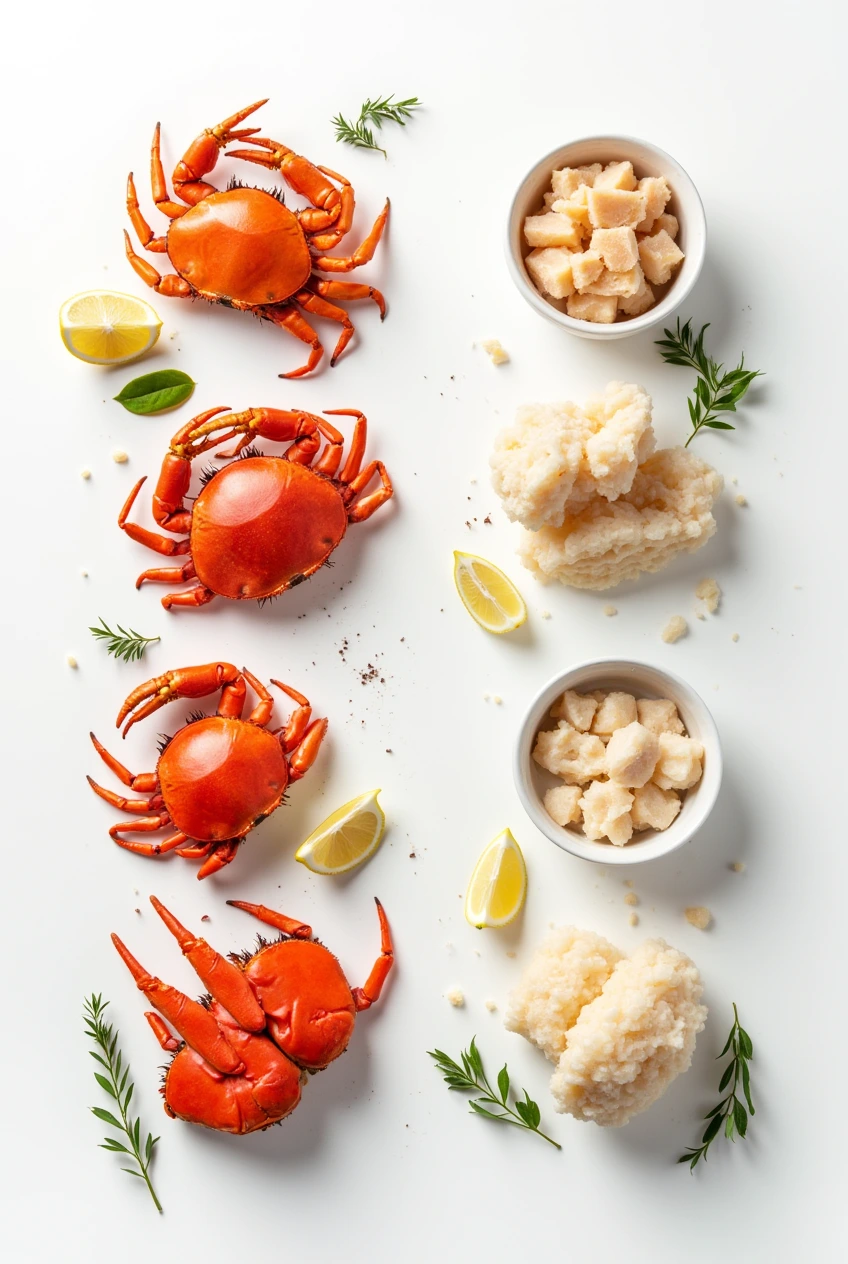
Understanding Different Types of Crab Meat
When cooking with crab, knowing the types of crab meat is key. You might wonder how much meat is in 1 lb of crab. The answer changes based on the type. There are several types, like lump, jumbo lump, backfin, and special grade, each with its own traits.
Table of Contents
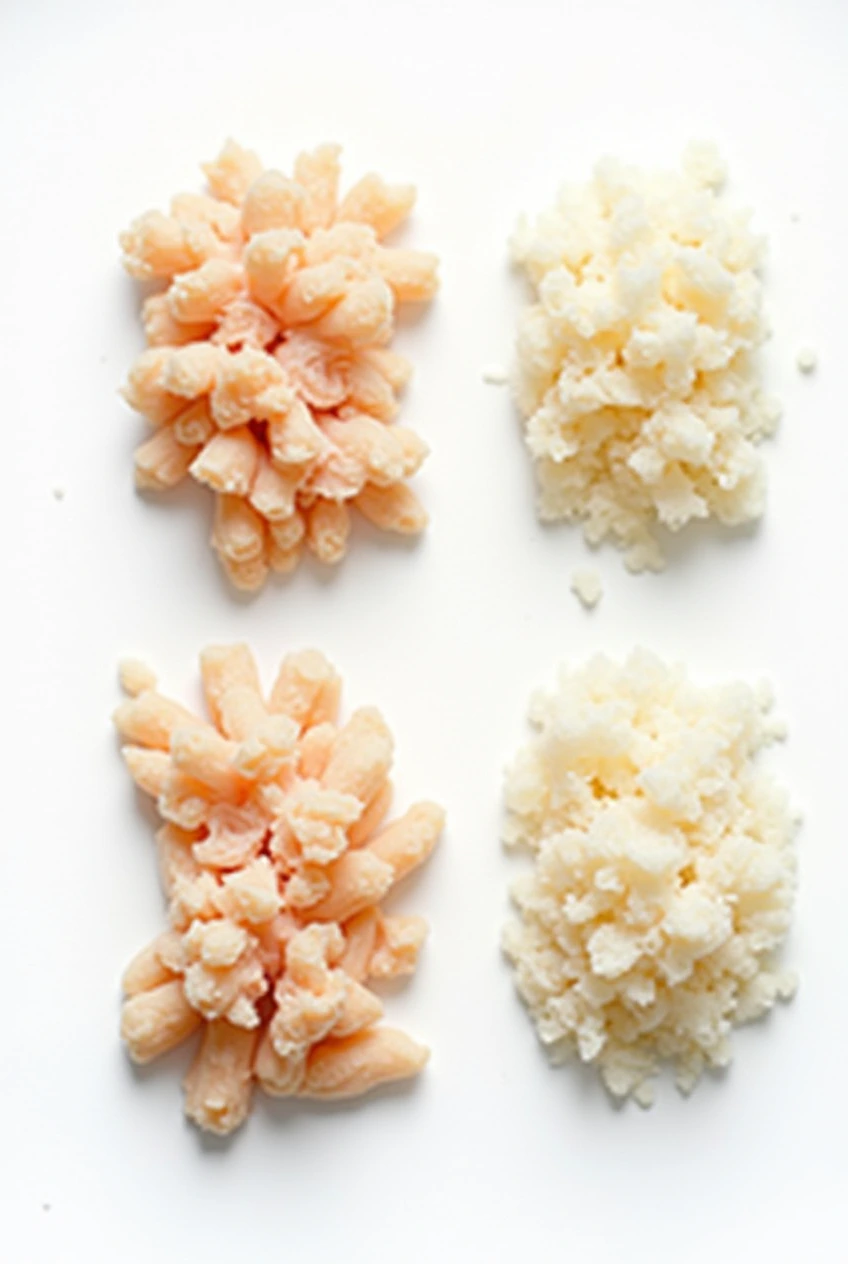
Lump vs Jumbo Lump
Lump crab meat comes from the crab’s body and is flaky and sweet. Jumbo lump crab meat is from the swimmer fins and is bigger and more tender. Both are great for dishes where you want to highlight the crab’s flavor.
Backfin and Special Grade
Backfin crab meat is a mix of lump and flaked meat. Special grade crab meat combines lump and backfin. These are good for dishes needing a mix of textures and tastes.
Claw Meat Characteristics
Claw meat comes from the crab’s claws and is rich and buttery. It’s perfect for soups or stews to add flavor. When buying crab meat, knowing the types and how much is in 1 lb is important to get value
To see how to prepare this recipe, you will find it below.
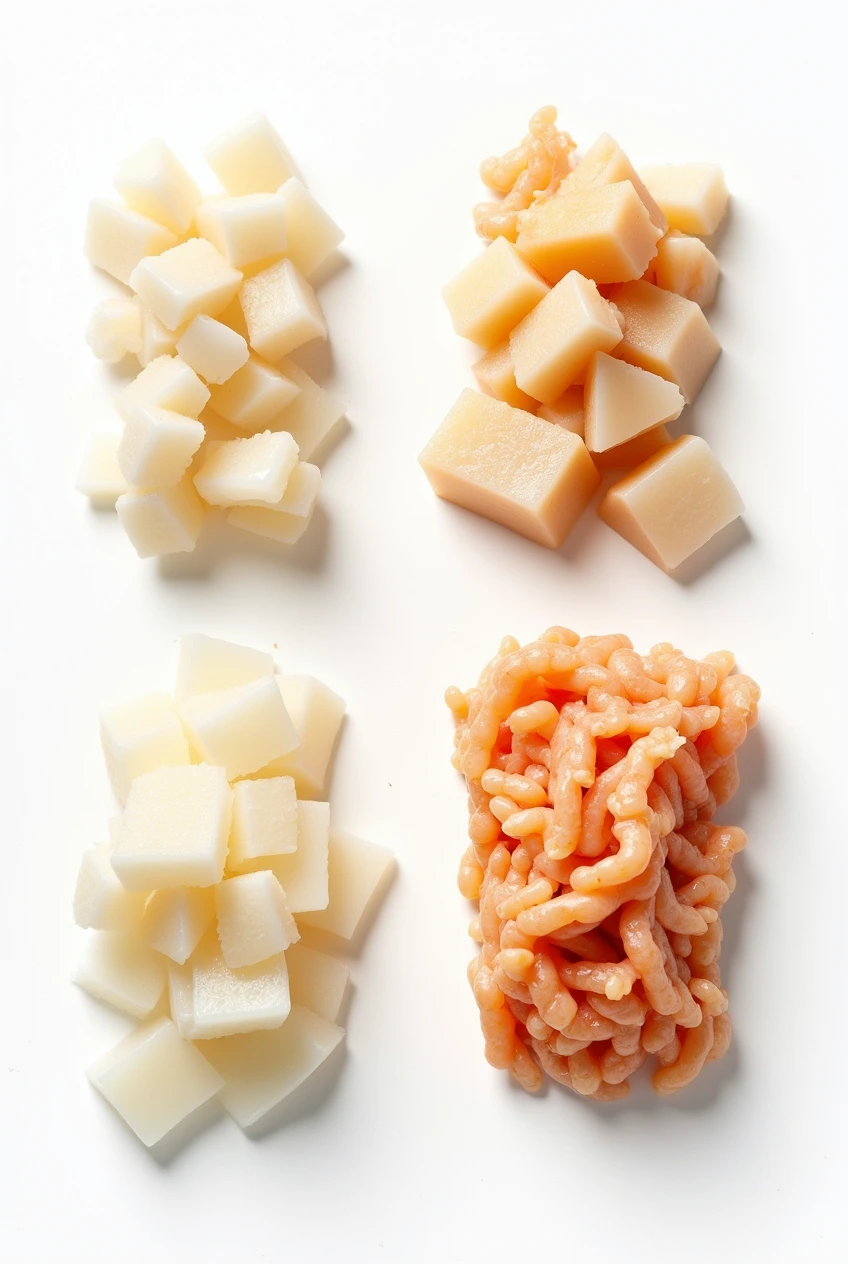
.
Here’s a quick summary of crab meat types:
- Lump crab meat: flaky texture, sweet flavor
- Jumbo lump crab meat: larger, more succulent, perfect for showcasing natural flavor
- Backfin crab meat: combination of lump and flaked meat
- Special grade crab meat: mix of lump and backfin meat
- Claw meat: rich, buttery flavor, perfect for adding depth to dishes
Knowing about crab meat types helps you choose well when buying. This way, you can make tasty dishes that highlight each type’s unique qualities.
The True Cost of Crab Meat: What You’re Paying For
When you buy crab meat, you might ask why is crab meat so expensive. The price of crab meat depends on the crab type, how it’s caught, and where it’s from. For example, lump crab meat now costs between $8 and $15 per pint, with some prices hitting $18.
The high cost of crab meat is tied to its luxury and fine dining appeal. But, the fishing method and location also matter. Jumbo lump crab meat, for instance, is seen as a high-end choice.
Several factors contribute to crab meat’s high price:
- The type of crab: Prices vary among different crab types, like blue crab or king crab.
- The fishing method: Catching methods can be pricey, affecting the crab meat cost.
- The location: Where the crab is caught can also raise the price, with some places being more expensive.
Knowing what makes crab meat expensive can help you shop smarter. By understanding these factors, you can value this luxury food more.
How to Store and Handle Crab Meat Properly
Keeping crab meat refrigerated is key to its quality and freshness. Captain Eddie’s Seafood says proper storage and handling are vital. Store crab meat in a sealed container in the fridge at 40°F (4°C) or below.
When handling crab meat, wash your hands before and after. It’s also crucial to keep raw crab meat away from other foods. Here are some tips for handling crab meat:
- Keep crab meat refrigerated until you’re ready to use it
- Handle crab meat gently to prevent damage
- Prevent cross-contamination by keeping raw crab meat separate from other foods
Freezing crab meat is also important. Place it in a sealed container or freezer bag and store at 0°F (-18°C) or below. Frozen crab meat can last up to 3 months.
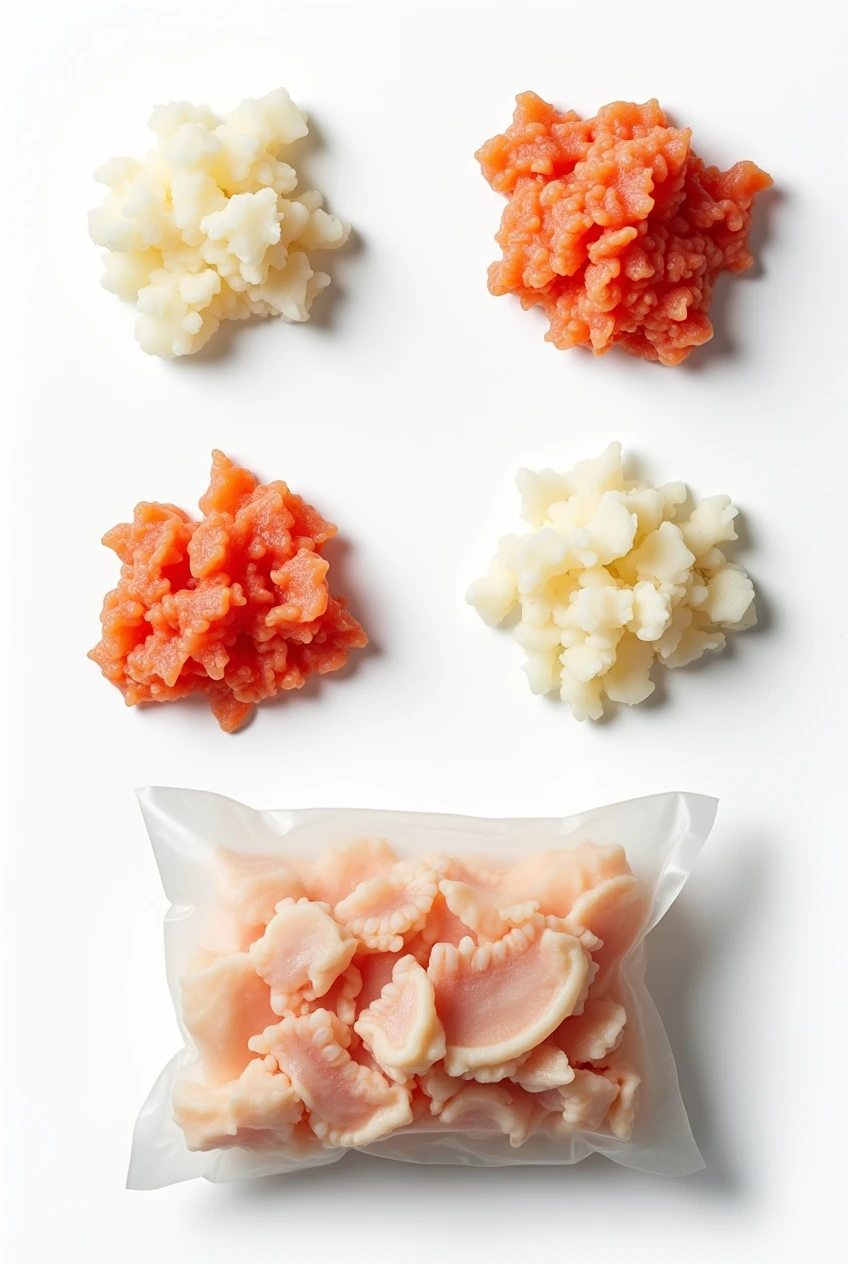
By following these tips, you can keep your crab meat fresh and safe. Always handle crab meat safely and store it properly to enjoy your purchase fully.
| Storage Method | Temperature | Shelf Life |
|---|---|---|
| Refrigeration | 40°F (4°C) | 3-5 days |
| Freezing | 0°F (-18°C) | 3 months |
Essential Preparation Techniques for Crab Meat
When cooking crab-based dishes, the right preparation is key. You need to know how to clean, pick, thaw, and season crab meat. These steps can greatly improve your dish’s flavor and texture.
First, clean and pick the crab meat to remove shells and cartilage. This step is crucial for the best taste and texture. After cleaning, thaw and season the crab meat properly. This prevents bacteria growth and ensures food safety.
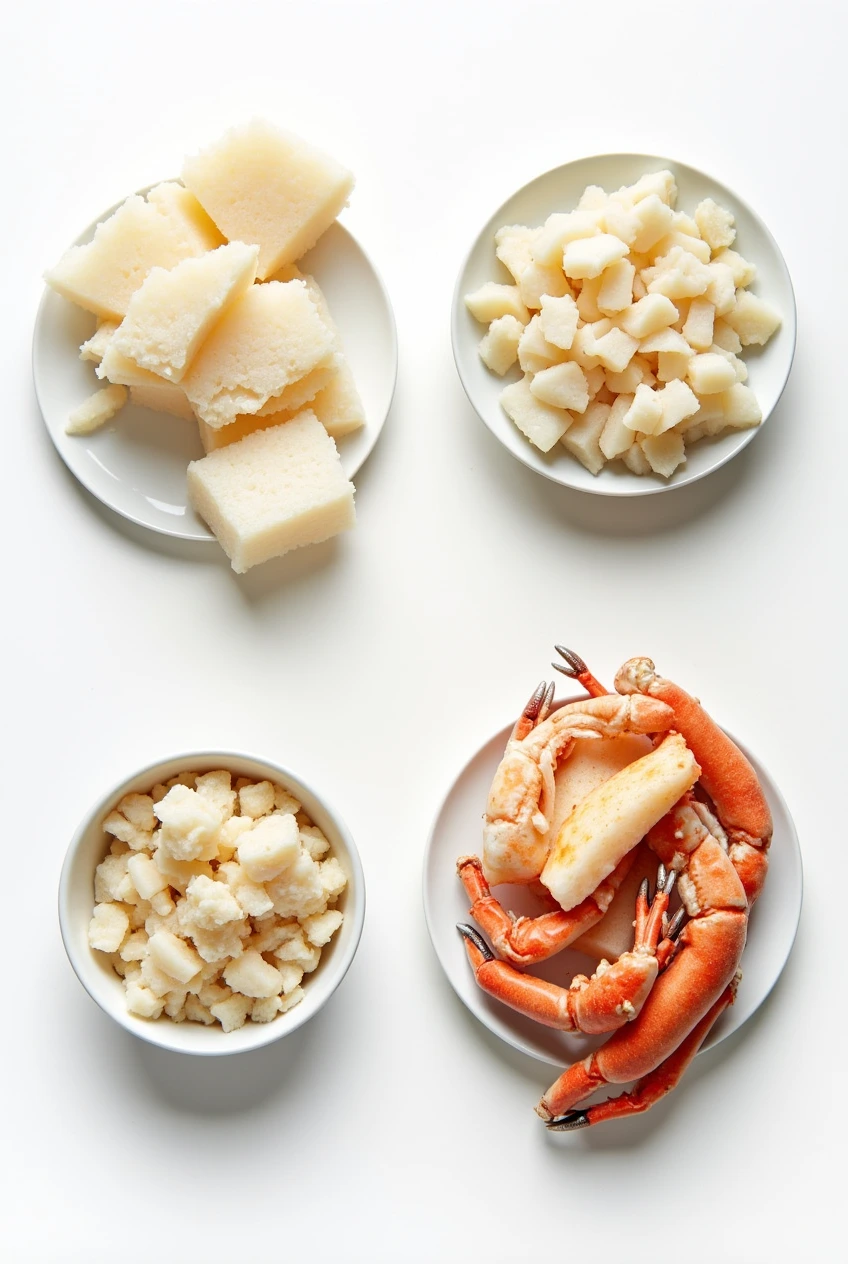
Here are some basic steps for preparing crab meat:
- Clean and pick the crab meat, removing any shell or cartilage
- Thaw the crab meat properly, either by leaving it in the refrigerator overnight or by thawing it in cold water
- Season the crab meat with salt, pepper, and any other desired herbs or spices
By following these steps and using the right techniques, you can make delicious crab dishes. Whether it’s a simple salad or a complex crab cake, proper preparation is essential for the best results.
| Fresh Crab Meat | Refrigerate at 40°F (4°C) or below | 3-4 days |
| Cooked Crab Meat | Refrigerate at 40°F (4°C) or below | 5-7 days |
| Frozen Crab Meat | Freeze at 0°F (-18°C) or below | 6-8 months |
Nutritional Benefits of Eating Crab Meat
When you ask if is crab meat healthy for you to eat, it’s key to look at its nutritional perks. Crab meat is packed with nutrients, offering health benefits like high protein, low fat, and lots of omega-3 and zinc. The Food Standards Agency suggests eating 2 portions of fish weekly, and crab meat is a top pick.
The nutritional benefits of crab meat are many. For example, 100 grams of crab meat gives you about a third of the UK’s weekly omega-3 goal. It’s also a great source of selenium, with 100 grams giving 112% of the daily value for men and 140% for women. Plus, it’s full of copper, phosphorus, and other vital nutrients.
Some key health perks of crab meat include:
- Supporting heart health with its omega-3 fatty acids
- Being a rich protein source for muscle growth and repair
- Being low in fat, perfect for weight management
- Having high zinc levels for a strong immune system
Incorporating crab meat into your meals can bring many health benefits. Its rich nutritional profile and low fat make it a great choice for a balanced diet. So, to answer the question of is crab meat healthy for you to eat, the answer is yes, thanks to its many nutritional benefits of crab meat.
Popular Cooking Methods for Crab Meat
There are many ways to cook crab meat. You can try steaming, boiling, sautéing, frying, baking, or broiling. Each method can make your crab dishes taste amazing.
Steaming and boiling keep the crab’s flavor and texture good. Steaming takes 8 to 10 minutes, boiling about 5 to 8 minutes. Baking or broiling gives a crispy outside and a soft inside. Baking takes 15 to 25 minutes, broiling 6 to 8 minutes.
- Boiling: 5 to 8 minutes
- Steaming: 8 to 10 minutes
- Baking: 15 to 25 minutes
- Broiling: 6 to 8 minutes
Always check the crab’s internal temperature to make sure it’s cooked. These methods can help you make delicious crab dishes. Whether you want a quick snack or a fancy meal, learning to cook crab is useful.
Understanding Imitation Crab Meat
When you ask if is imitation crab meat healthy, knowing what it is helps. Imitation crab meat, or surimi, is made from many ingredients. These include starches, salt, vegetable oil, sugar, egg whites, and water. Surimi makes up 35% to 50% of the product.
To understand what is imitation crab meat, look at its nutrition. It gets most of its calories from carbs, unlike real crab. A 3-ounce serving of imitation crab has 6 grams of protein. Real crab has 16 grams in the same amount.
Imitation crab and real crab differ in several ways:
- Imitation crab has less protein
- It has more sugar
- It has less sodium, with 450 mg per 3-ounce serving
- It might have gluten from wheat starch
Imitation crab is often cheaper and easier to find than fresh crab. But, it loses nutrients like omega-3 fatty acids during processing.

In summary, knowing what imitation crab meat is and its nutritional value is key. It helps decide if it’s good for your diet. Weighing its benefits and drawbacks is important for choosing what’s right for you.
| Product | Protein Content (3-ounce serving) | Sodium Content (3-ounce serving) |
|---|---|---|
| Imitation Crab Meat | 6 grams | 450 mg |
| Real Crab Meat | 16 grams | 910 mg |
Conclusion: Making the Most of Your Crab Meat Experience
Enjoying crab meat is an art. Whether it’s king crab or stone crab, there are ways to enhance your experience.
Buy crab meat during peak seasons for the best taste and price. King crab is best from October to March. Stone crab is great from mid-October to May.
Keep cooking simple to let the crab’s natural flavors shine. Steaming, sautéing, or baking works well. Pair it with lemon, butter, or zesty sauce for a better taste.
Crab dining is best with friends and family. Share stories and laughter over a delicious meal. It’s a feast fit for a king (or queen) of the sea.

